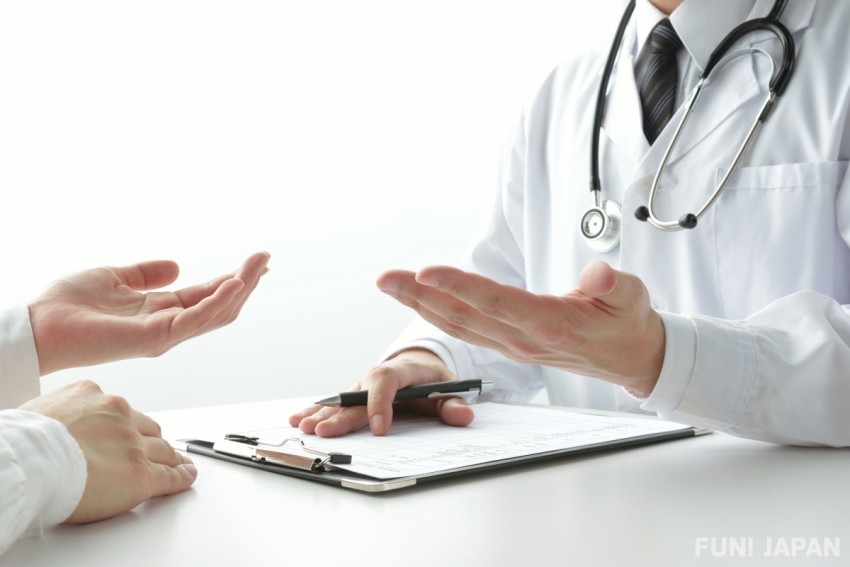
If you suddenly get injured, run a high fever, or have severe stomach pain while traveling in Japan, what should you do? Unlike in your home country, things may not go as smoothly, and the language barrier can make things even more stressful. That’s why this article introduces what kind of hospital and which department you should visit if you get sick, along with how medical treatment works in Japan.
You never know what might happen while traveling. Better safe than sorry! Along with getting overseas travel insurance, reading this article before your trip can give you peace of mind.
Guide to Symptoms and Medical Departments: Internal Medicine, ENT, Orthopedics, and More
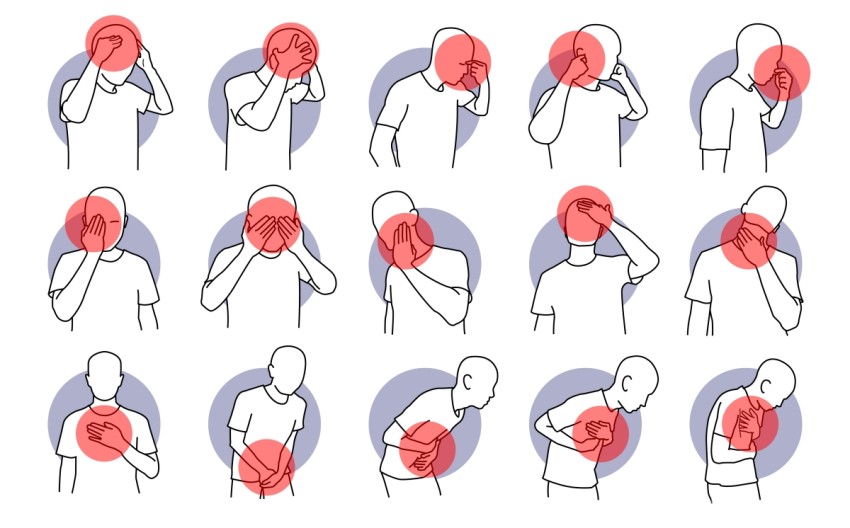
Internal Medicine
Visit this department if you have symptoms such as cough, sore throat, asthma, fever, headache, dizziness, shortness of breath, palpitations, stomachache, diarrhea, nausea, or vomiting. If you’re experiencing severe or prolonged chest pain, weakness in your limbs, unsteadiness while walking, an asthma attack, heatstroke, or hypothermia, start by seeing an internal medicine doctor, as these could be signs of a more serious condition. If you suspect you may have a contagious illness like influenza or COVID-19, internal medicine is also the right place to go. If chronic conditions like high blood pressure or diabetes worsen during your trip, or if you run out of your regular medication or injections, internal medicine is where you should head. Treatment typically includes prescriptions and, in some cases, injections or IVs.
Surgery
If you fall and hit your head, cut your hand on glass, or get bitten by an animal, and the bleeding is severe, or if you suffer large-area burns, go to surgery. If you visit internal medicine for stomach or chest pain and it turns out that surgery is required, you may be admitted for surgical treatment.
ENT (Ear, Nose, and Throat)
This department diagnoses and treats conditions related to the ears, nose, throat, and mouth. Go here if you have a runny or stuffy nose, sore throat, ear pain, ringing in your ears, or swollen tonsils. Some of these symptoms may also be treated in internal medicine. If a bug gets into your ear or a fishbone is stuck in your throat, ENT is your best option.
Ophthalmology (Eye Department)
This department covers all eye-related illnesses. While traveling, it’s mainly where you’d go for issues like contact lens trouble or if something (like a shard of glass or chemicals) gets into your eye and causes serious pain.
Orthopedics
This department specializes in the "musculoskeletal system," which includes bones, joints, muscles, and nerves. Go here for sprains, bruises, fractures, neck pain, stiff shoulders, back pain, or numbness in your hands and feet. If you fall while traveling and the pain is severe, suspect a fracture, or injure yourself during an activity, or if you throw out your back, orthopedics is the place to go. Numbness in the limbs may sometimes indicate a condition that should be checked by internal medicine instead.
Dermatology
Dermatology deals with skin-related issues. Go here for things like rashes, allergic reactions, insect bites, hives, shingles, or herpes simplex. Minor burns can also be treated in dermatology.
Pediatrics
This department generally treats those up to around 15 years old and covers both physical and mental health. Pediatricians provide general care for children but may also refer patients to specialists like neurosurgeons, ophthalmologists, or orthopedists if necessary.
Gynecology
This department handles health issues specific to women from puberty (typically when menstruation begins) through old age. You can consult a gynecologist for menstrual irregularities, period pain, or concerns about premature labor or miscarriage while pregnant. For women, abdominal pain may sometimes be related to a gynecological issue.
Procedure for Visiting Clinics and Hospitals in Japan
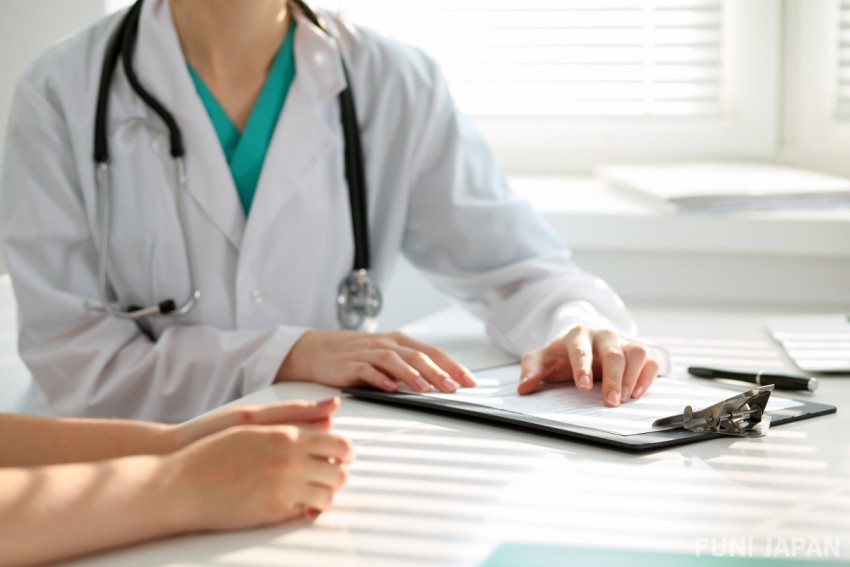
Step 1. Find a hospital or clinic with the appropriate department
First, figure out which medical department you need to visit, then search for a nearby hospital or clinic. Depending on the area, some hospitals and clinics may not offer services in languages other than Japanese, so it's important to check whether they support your language. Some facilities may also require a medical interpreter to be present, so make sure to check this in advance. If you're staying at a hotel or ryokan, it's also a good idea to ask the staff for help.
The official JNTO website offers a medical institution search tool. You can select your current location, preferred language, and the type of medical department as explained above to find a suitable facility.
If you're feeling unwell (in Japanese)
https://www.jnto.go.jp/emergency/jpn/mi_guide.html
If you're feeling unwell (in English)
https://www.jnto.go.jp/emergency/eng/mi_guide.html
There are emergency hospitals available 24/7, 365 days a year. If your symptoms are severe and require urgent care—even during the day—look for an "emergency hospital" (kyuukyuu byouin).
For mild symptoms like an upset stomach or hangover, another option is to visit a drugstore and consult with the staff to purchase medicine.
Step 2. Check consultation days and hours in advance!
Next, check the consultation days and hours of the hospital or clinic. Many facilities operate in two shifts: morning (around 9:00–12:00) and afternoon (14:00–17:00). Hospitals and clinics near stations or in busy areas may stay open until around 20:00. Many are closed on Saturday afternoons, Sundays, and public holidays, so it’s important to check ahead. General hospitals tend to be crowded, which can mean long waiting times.
Step 3. Check whether a reservation is required in advance!
Confirm whether a reservation is necessary and how to make one. Some facilities take walk-ins on a first-come, first-served basis, while others require appointments. Reservations are typically made by phone or online. In some cases, you may not be able to make a reservation for your first visit.
Step 4. Reception at Japanese hospitals and clinics
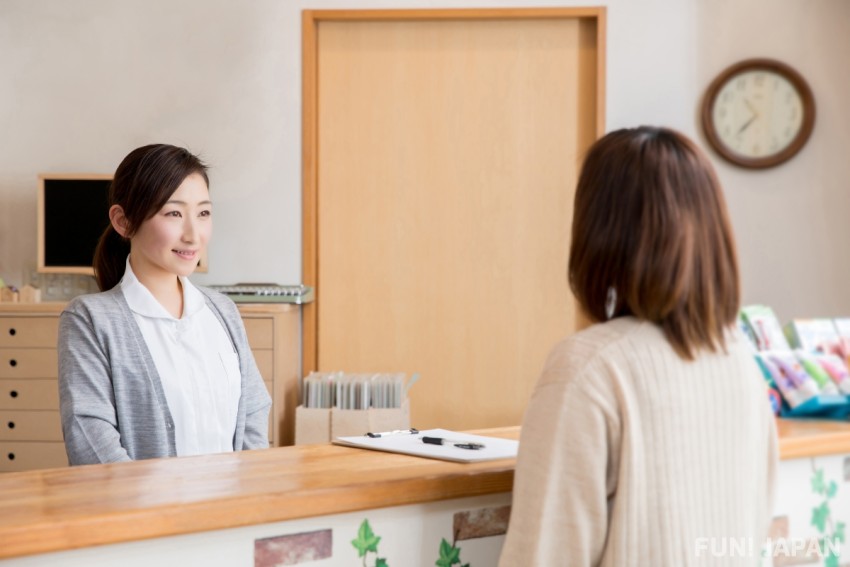
Once you arrive, head to the reception desk. You’ll need a patient registration card to receive treatment. First-time visitors won’t have one yet, but it will be issued on the spot. As a foreign traveler, you’ll be asked to present your passport for identification and, if you have it, your travel or health insurance (a document showing your policy number).
Step 5. Filling out the medical questionnaire
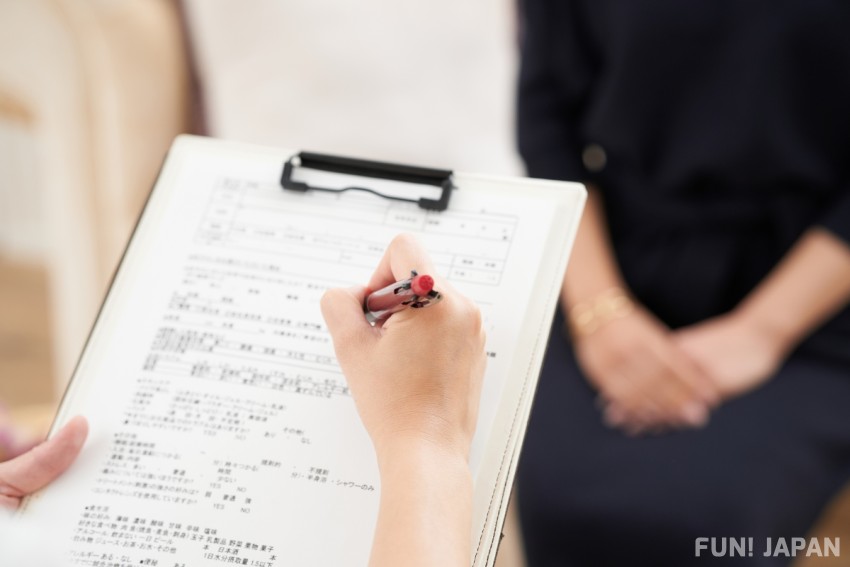
You may be asked to fill out a medical questionnaire, which includes your name, address, current symptoms, medical history, and whether you have any allergies. Some forms may have a diagram of the body where you can mark the areas with symptoms.
If the clinic or hospital doesn’t have foreign language forms, you’ll be asked to fill out the Japanese version. In that case, you can use a medical interpreter or machine translation to help you complete the form.
Common symptom terms in Japanese
General symptoms: 発熱 (fever), 眩暈 (dizziness), 吐き気 (nausea), 嘔吐 (vomiting), 下痢 (diarrhea), 便秘 (constipation), 食欲不振 (loss of appetite)
- Respiratory symptoms: 咳 (cough), 喘息 (asthma), 鼻水 (runny nose), 鼻血 (nosebleed), 鼻詰まり (nasal congestion), 喉の痛み (sore throat)
- Pain or other physical issues: 頭痛 (headache), 胃痛 (stomach pain), 腹痛 (abdominal pain), 関節痛 (joint pain), 腰痛 (lower back pain), 捻挫 (sprain)
- Skin-related symptoms: 発疹 (rash), 腫れ (swelling), かゆみ (itchiness), あざ (bruise)
Step 6. Medical examination and testing process
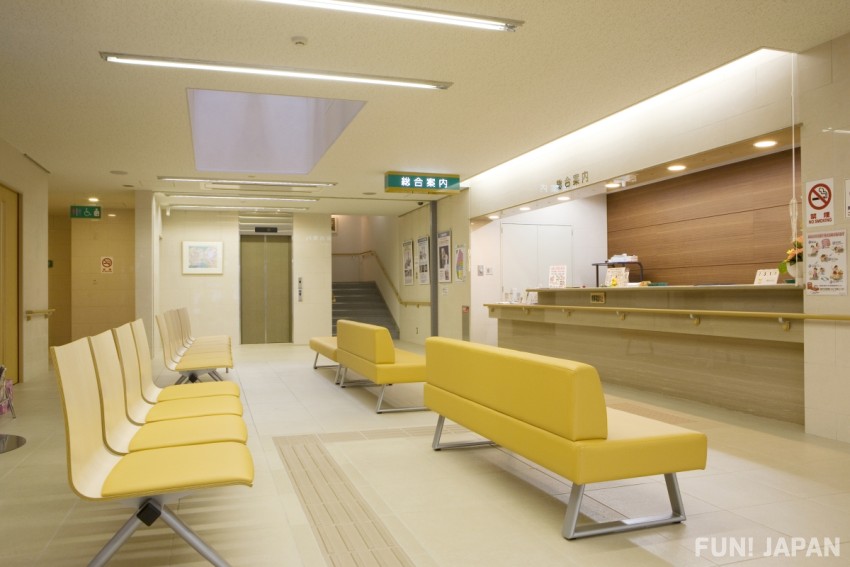
Wait in the waiting area until your name or patient ID number is called. When it's your turn, head to the examination room—it's polite to knock before entering. The doctor will then conduct an interview and any necessary tests. To help explain your symptoms or condition, you can use the "pointing sheet" available on the official JNTO website. Display the sheet on your smartphone or tablet and use gestures to help communicate your symptoms.
Pointing Sheet for Explaining Symptoms and Conditions (Japanese–English)
https://www.jnto.go.jp/emergency/common/pdf/guide_p8.pdf
Step 7. Payment and billing methods
After your consultation, wait until your name or patient ID number is called at the reception. Once called, proceed with the payment. Since some facilities may not accept cash-only payments, it's recommended to bring a credit card that can be used in Japan. Be sure to collect your receipt after payment. If you’ve been prescribed medicine, you’ll also receive a prescription sheet. If you have travel insurance, this receipt may be required for claims, so keep it safe.
Step 8. Collecting medicine at a pharmacy or drugstore

If you’ve been prescribed medicine, you’ll receive a prescription sheet at the end of your consultation. Some hospitals may dispense medication directly, but typically you’ll need to take the prescription to a pharmacy (that accepts prescriptions) to receive your medication. If it's your first time at that pharmacy, you may also need to provide your name, address, and other information. Be sure to keep the receipt from the pharmacy as well.
To call an ambulance in Japan, dial “119”
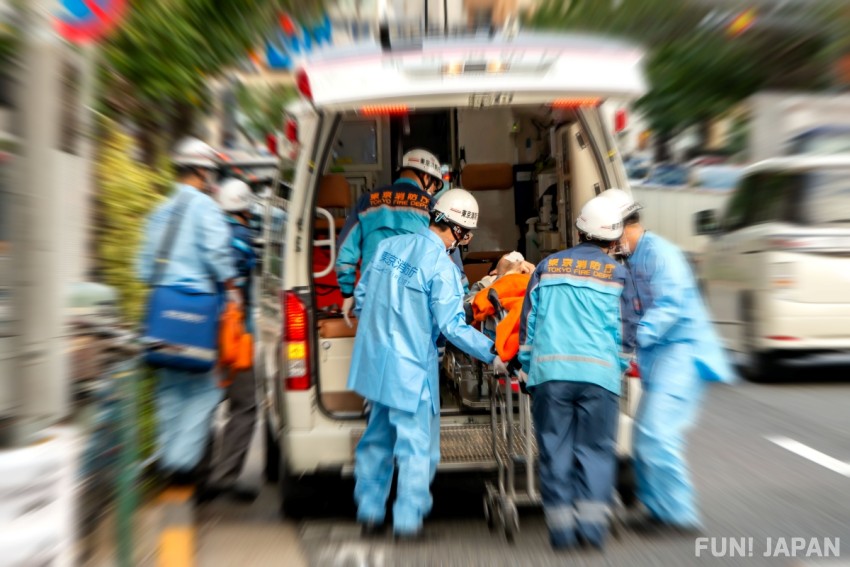
In cases of serious injury or when someone in your group is experiencing severe symptoms, do not hesitate to call an ambulance by dialing 1-1-9. Calls are free, even from public phones. When the operator answers, stay calm and clearly answer their questions (such as your current location and the condition of the injured person).
If you're unable to make the call yourself, show the following Japanese phrase to a nearby person and ask for help:
「救急車を呼んでください」 (きゅうきゅうしゃをよんでください / Kyūkyūsha o yonde kudasai) “Please call an ambulance.”
When or What symptoms should you call an ambulance in Japan?
Call an ambulance when someone is experiencing a potentially life-threatening condition or injury. Some examples include: severe headaches, high fever, intense chest or back pain, difficulty breathing, trouble speaking clearly, severe abdominal pain, vomiting blood, seizures, loss of consciousness, heavy bleeding, or extensive burns. You should also call an ambulance in the event of traffic accidents or water-related accidents.
During Japan's hot and humid summers, over 40,000 people are transported to emergency hospitals each year due to heatstroke (dehydration).
Spending extended time in hot, humid conditions without adequate hydration can upset the body’s fluid and salt balance, disrupting its ability to regulate temperature. This may cause dizziness and fatigue, and in severe cases, lead to seizures or altered consciousness. In such cases, calling an ambulance is essential, as it can be life-threatening.
Not sure whether to call an ambulance? Dial “#7119” for emergency advice
If you’re unsure whether you should call an ambulance or visit a hospital immediately, you can call “#7119” (or another local emergency consultation number depending on the region). Operators will assist you in Japanese. The Tokyo Fire Department also provides an “Emergency Medical Guide” online, available in English, to help you assess the situation.
While ambulance services may incur fees in other countries, ambulance use in Japan is free of charge.
Tokyo Emergency Medical Guide (Japanese)
https://www.tfd.metro.tokyo.lg.jp/hp-kyuuimuka/guide/main/index.html
Tokyo Emergency Medical Guide (English)
https://www.tfd.metro.tokyo.lg.jp/hp-kyuuimuka/en_guide/main/index.html
How to call an ambulance in Japan (step-by-step)
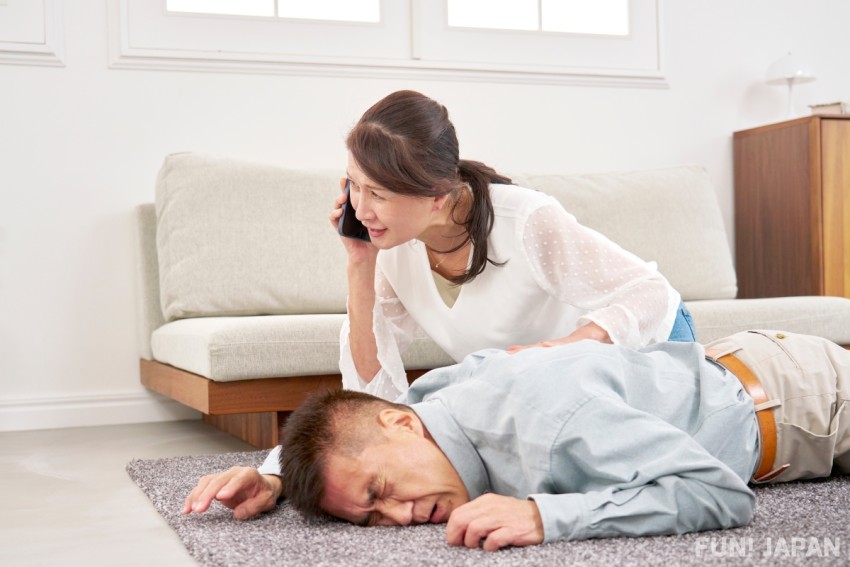
Step 1: Dial “1-1-9”
- Step 2: The operator will ask, “Is it a fire or medical emergency?”
- Japanese: 「火事ですか?救急ですか?」(Kaji desu ka? Kyūkyū desu ka?)
- Step 3: Say “Medical emergency.”
- Japanese: 「救急です」(Kyūkyū desu)
- Step 4: Give your location. If you’re unsure, describe nearby landmarks or intersections.
- Step 5: Describe the patient’s condition. Tell them who the patient is, when the symptoms started, how they started, and the patient's approximate age.
- Step 6: Provide your name and contact number. This helps emergency personnel reach you if they need more location details. If the situation is urgent, an ambulance may be dispatched before the call ends.
The official website of the Fire and Disaster Management Agency (FDMA) provides a detailed Ambulance Use Guide in 16 languages, including English, Chinese (Simplified and Traditional), Korean, Thai, Vietnamese, Tagalog, and Indonesian.
Ambulance Use Guide (English)
https://www.fdma.go.jp/publication/portal/items/portal001_pamphiet_english.pdf
Planning a medical visit to Japan
If you're visiting Japan specifically to access advanced medical care or high-precision health screenings, you’ll need to confirm with a medical facility in advance. In such cases, it’s best to consult a professional medical coordinator.
Organization for medical tourism: Japan Medical & Healthtourism Center (JMHC)
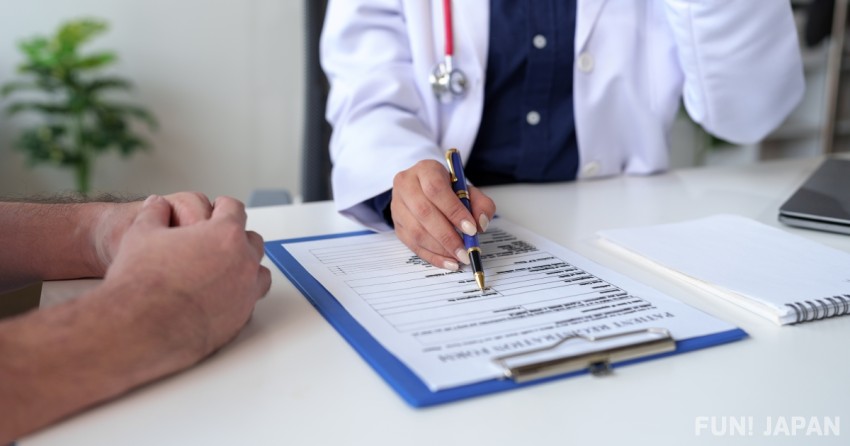
The Japan Medical & Health Tourism Center (JMHC) is a medical coordination organization established by JTB Group, Japan’s largest travel agency, with the goal of bridging the gap between international patients who face difficulties coming to Japan due to "language barriers" or "visa issues" and Japan’s world-class medical services. For foreign residents overseas who want to receive medical treatment in Japan, JMHC offers full support—from initial inquiries and checking with Japanese medical institutions, to assistance during their stay and post-visit follow-up after returning home.
- JMHC mainly handles a wide range of support services required for receiving medical treatment in Japan.
- Support for foreign visitors and patients seeking medical care in Japan
- Multilingual medical interpretation (concierge) and translation services
- Arrangements for accommodation and transportation related to medical visits in Japan
- Sales, reservations, and payment processing for health checkup and screening program packages
- Support related to medical treatment
- Guarantor services for medical stay visas
- The official website is available in Japanese, English, Simplified Chinese, and Vietnamese.
Japan Medical & Health Tourism Center (JMHC) Official Website (Japanese)
https://j-medical-healthcare.com/jmhc/
Japan Medical & Health Tourism Center (JMHC) Official Website (English)
https://j-medical-healthcare.com/en/jmhc/
By learning about Japan’s medical system in advance or bookmarking this article before your trip, you can stay calm and act quickly in case of an emergency.
[Article Supervision]
JTB Japan Medical & Health Tourism Center (JMHC)
Supervising Doctor: Sumiko Goto
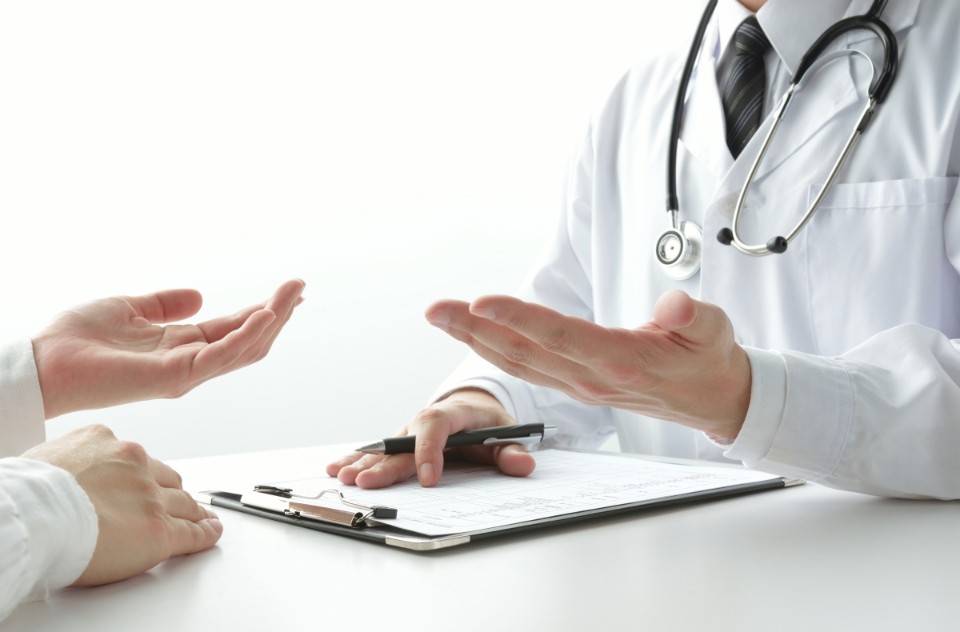

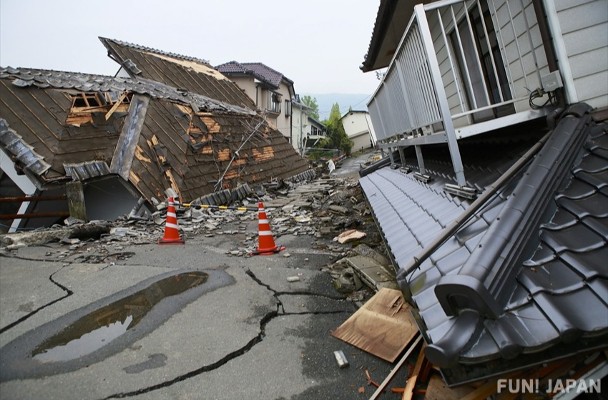
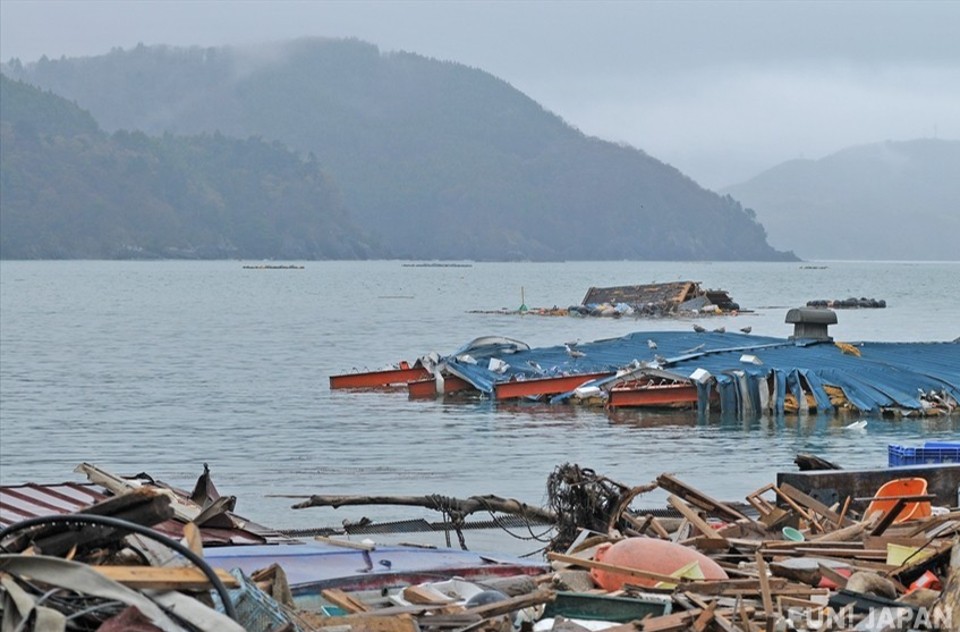
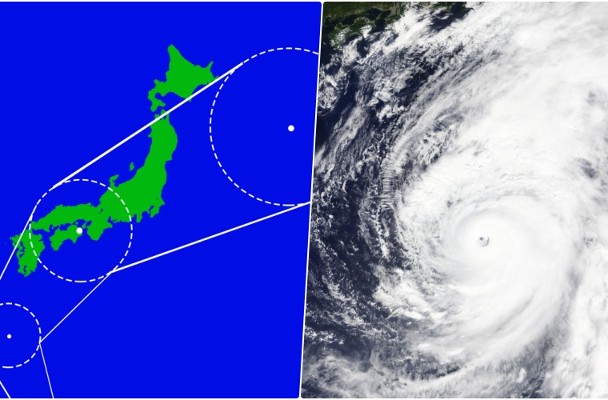
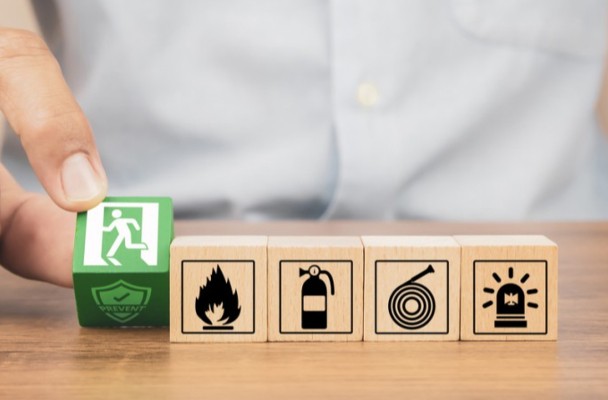
Comments